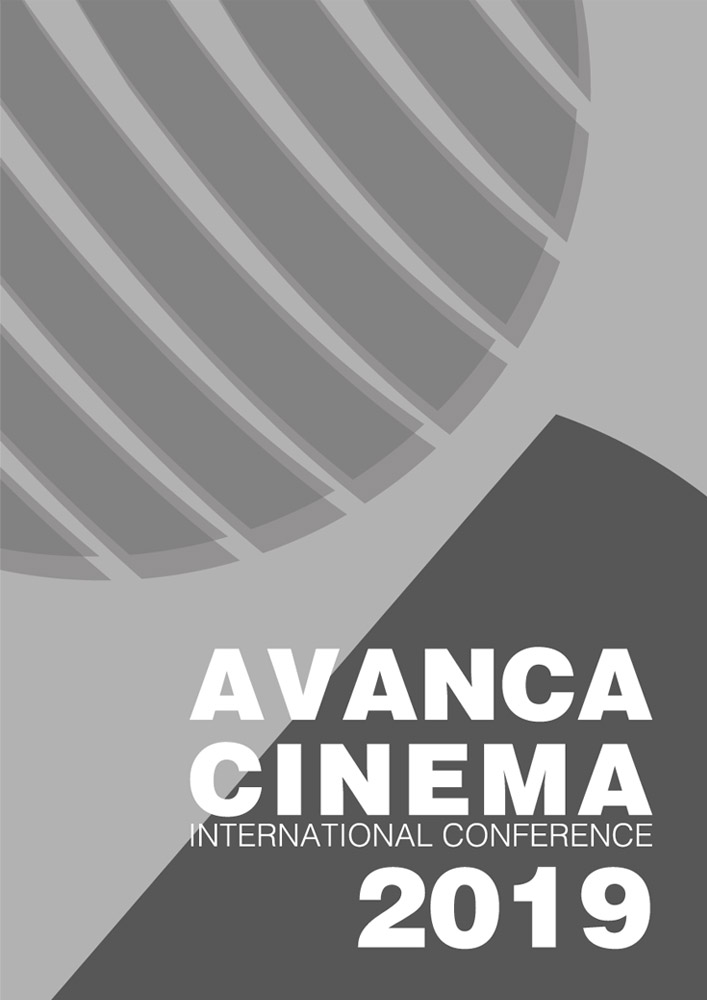Capítulo II _ Cinema - Cinema
Estudo das funções narrativas e estilísticas de sombras e sons nos filmes de influência expressionista O anjo azul e M – o vampiro de Düsseldorf.
Resumo
In the cinematography of German Expressionism, the lighting forms dark atmospheres inhabited by sinister characters whose distorted and enlarged shadows represent their negative burden. The contrast between light and shadow is crucial in the mise-en-scène of the films “Das Cabinet des Dr. Caligari” and “Nosferatu”, in which the narrative and stylistic functions of the shadow are evidenced in the composition of the scenes. Also in the transition of the so-called “silent cinema” to the sound cinema, the expressionist influence directors Josef von Sternberg and Fritz Lang, in works such as The Blue Angel and M – the vampire of Düsseldorf, have conferred dramatic value on the sound elements through the use of synchronous and asynchronous sound. In these works, the sound elements contribute to the creation of frightening atmospheres that replace the shadows or that, adding to them, increase the dramatic tension of the scenes. Subsequently, this junction of the shadows and the sound elements for the purpose of creating dramatic effects will be widely explored by sound cinema, especially in the genres of suspense and terror.

Este trabalho encontra-se publicado com a Licença Internacional Creative Commons Atribuição 4.0.

